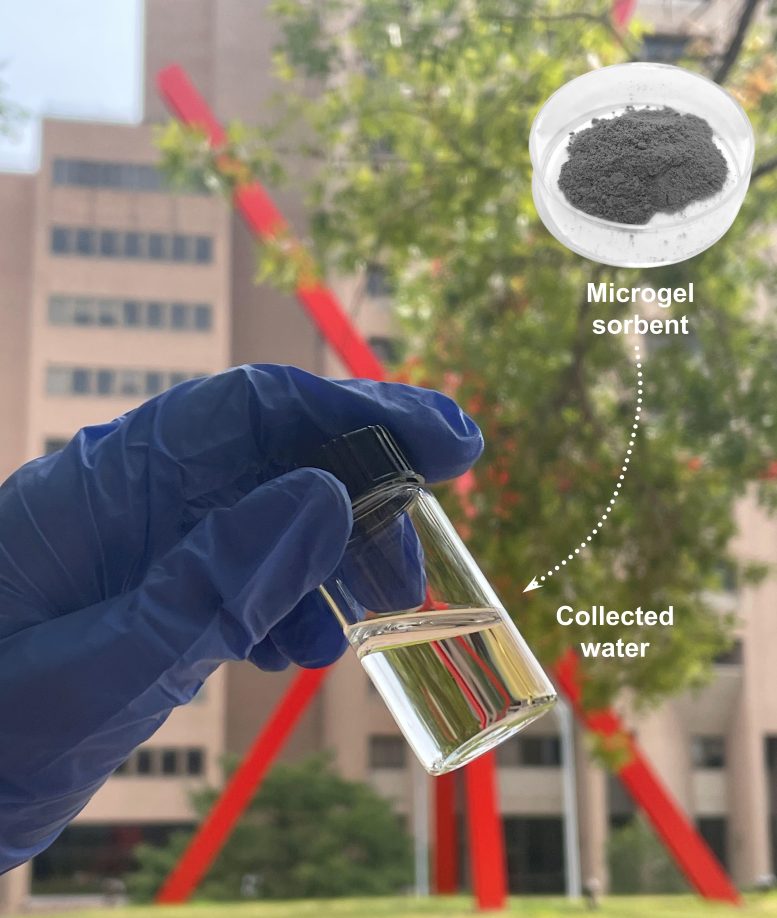
Researchers at The University of Texas have created a hydrogel that produces drinkable water from the air using sunlight. This technology, adaptable into efficient microgels, has the potential to provide a cost-effective, portable solution for global water shortages. Above is a sample of water collected using the gel. Credit: The University of Texas at Austin
For significant portions of the globe faced with water shortage problems, a beacon of hope may be on the way: the ability to easily turn hot air into drinking water.
For the past few years, researchers at The University of Texas at Austin have focused on the moisture present in the air as a potential source of drinking water for drought-stressed populations. In new research published in the Proceedings of the National Academy of Sciences, they reached a significant breakthrough in their efforts to create drinkable water out of thin air: a molecularly engineered hydrogel that can create clean water using just the energy from sunlight.
Harnessing Solar Energy for Water Production
The researchers were able to pull water out of the atmosphere and make it drinkable using solar energy, in conditions as low as 104 degrees, aligning with summer weather in Texas and other parts of the world. That means people in places with excess heat and minimal access to clean water could someday simply place a device outside, and it would make water for them, with no additional effort necessary.
“With our new hydrogel, we’re not just pulling water out of thin air. We’re doing it extremely fast and without consuming too much energy,” said Guihua Yu, a materials science and engineering professor in the Cockrell School of Engineering’s Walker Department of Mechanical Engineering and Texas Materials Institute. “What’s really fascinating about our hydrogel is how it releases water. Think about a hot Texas summer — we could just use our temperatures’ natural ups and downs, no need to crank up any heaters.”
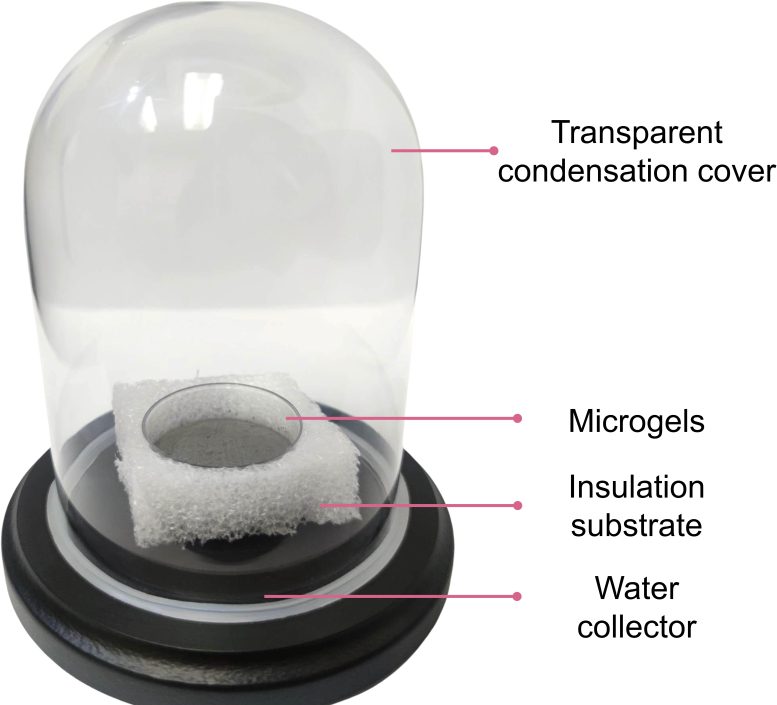
A prototype device for generating water from the air. Credit: The University of Texas at Austin
The device can produce between 3.5 and 7 kilograms of water per kilogram of gel materials, depending on humidity conditions.
Microgel Advancements and Commercial Aspirations
A significant feature of this research is the hydrogel’s adaptability into microparticles called “microgels.” These microgels unlock the speed and efficiency improvements that bring this device much closer to reality.
“By transforming the hydrogel into micro-sized particles, we can make the water capture and release ultrafast,” said Weixin Guan, a graduate student in Yu’s lab and one of the leaders of the research. “This offers a new, highly efficient type of sorbents that can significantly enhance the water production by multiple daily cycling.”
The researchers are pursuing additional improvements to the technology, with an eye toward transforming it into a commercial product. One focus area is optimizing the engineering of the microgels to further improve efficiency.
Scaling up is an important next step. The researchers aim to translate their work into tangible and scalable solutions that can be used worldwide as a low-cost, portable method of creating clean drinking water. This could be life-changing for countries such as Ethiopia, where almost 60% of the population lacks basic access to clean water.
“We developed this device with the ultimate goal to be available to people around the world who need quick and consistent access to clean, drinkable water, particularly in those arid areas,” said Yaxuan Zhao, a graduate student in Yu’s lab.”
The team is working on other versions of the device made from organic materials, which would reduce costs for mass production. This transition to more commercially viable designs comes with its own challenges in scaling the production of the sorbent that allows moisture absorption and in maintaining durability for the product’s lifespan. Research is also focused on making the devices portable for various application scenarios.
Reference: “Molecularly confined hydration in thermoresponsive hydrogels for efficient atmospheric water harvesting” by Weixin Guan, Yaxuan Zhao, Chuxin Lei and Guihua Yu, 11 September 2023, Proceedings of the National Academy of Sciences.
DOI: 10.1073/pnas.2308969120
This project is supported by the Norman Hackerman Award in Chemical Research from The Welch Foundation and the Camille Dreyfus Teacher-Scholar Award.

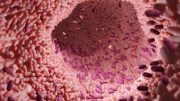

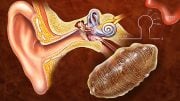

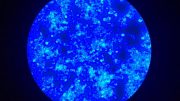


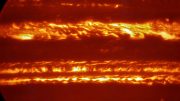
I was in Phoenix, AZ last winter and heard on public radio about some local guys who developed a similar technology; maybe this is them? They were “techies” who quit their jobs to try to help the world.
They were going public. They were calling their product a “water panel”, like a solar panel. (however, a quick search shows a product that seems to humidify the air, not pull the humidity from the air) They were going to focus their initial product line on helping First Nations people in northern Arizona that the Feds shoved into the driest part of the desert cut off from a real water supply. I think they said they were going to license production of the product at a very cheap rate so it can help the world.
I wish I could buy one. Theoretically, the water would be cleaner and safer (much safer) than tap water, with no disposable plastic bottles.